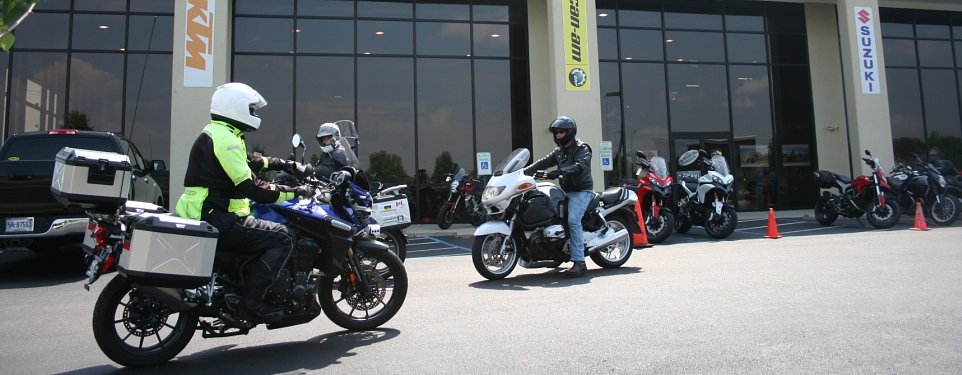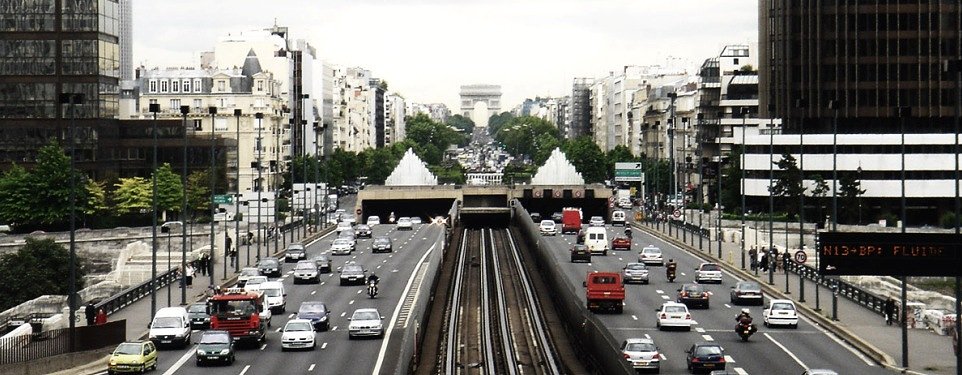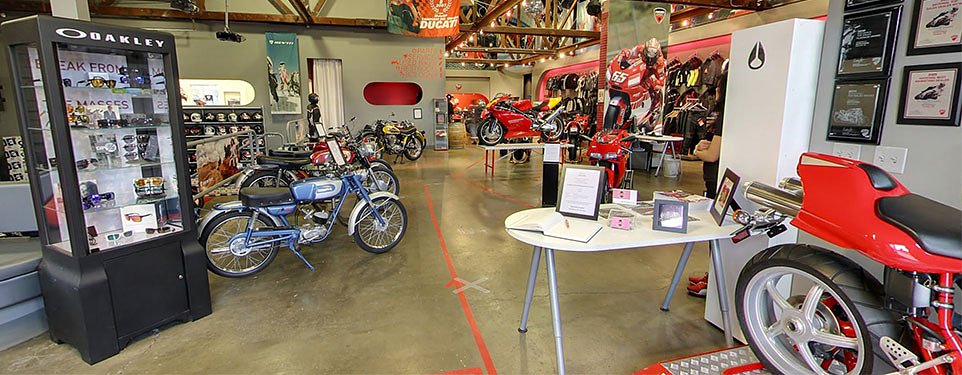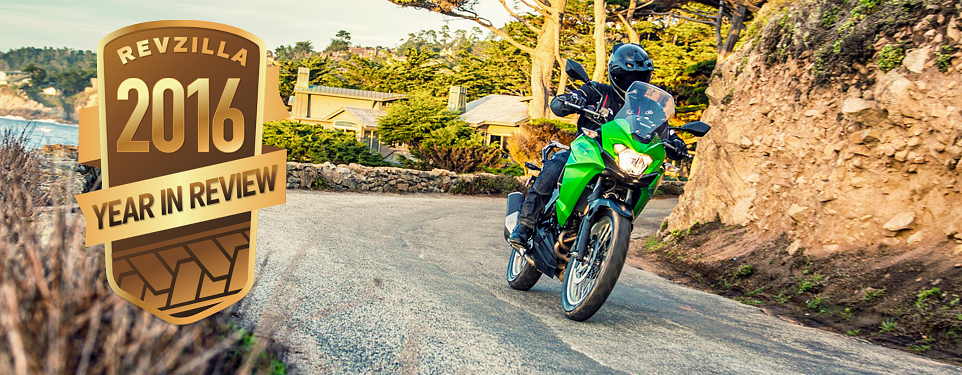However you look at it, 2016 will not go down as a stellar year for the motorcycle manufacturers of the world as a whole.
As always, there are companies gaining ground and companies slipping into trouble, markets that are booming and markets falling apart. But the overall picture is one of sales that are stagnating or slipping.
Sales of new motorcycles is just one of many ways to judge the health of the industry. There may be a vibrant culture of people buying, riding and customizing used motorcycles, but that’s a harder thing to measure. What is easy to see in the numbers is that the industry overall is not growing.

Starting with the mature markets of the United States and Europe, sales in most countries are flat or down. Preliminary results from the first three quarters show about a five percent drop in new bike sales in the United States. In a survey by Powersports Business, a majority of dealers said they were below their sales plan through the first three quarters of the year.
Of the two major U.S. manufacturers, Harley-Davidson reported 7.1 percent decrease in U.S. sales and a 4.5 percent decrease in global sales in the third quarter. The company announced some layoffs and reduced the number of motorcycles it projected to ship in the fourth quarter. Meanwhile, Polaris did not see a significant decline in motorcycle sales, but the company was hit hard by expensive recalls for its RZR off-road vehicles and the on-road Slingshot, along with big sales declines in snowmobiles and ATVs in general. Plus, more recently, a recall was issued for thousands of Indian motorcycles.
Different motorcycle markets, one common theme
In North America and Europe, motorcycle manufacturers sell more expensive models that generate bigger profits but smaller unit sales numbers. In most of the rest of the world, they sell much bigger numbers but for smaller profits. Despite those differences, the picture around the world is mostly one of flat sales.
There are a few outliers that dramatically separated themselves from that overall pattern, however. Not surprisingly, the biggest bust is likely Brazil, where the economy has been in recession for two years and the president was impeached earlier this year. According to Abraciclo, the Brazilian motorcycle, scooter and bicycle trade group, sales of motorcycles and scooters in that country in the first 11 months of 2016 were 27.7 percent lower than the same period in 2015.

That picture was not repeated elsewhere in the region ASEAN covers. For the entire region, sales were down 1.2 percent. That includes Indonesia, the third-biggest motorcycle market in the world, where sales are down by single-digit percentages. Of course there are still more motorcycles and scooters sold in Indonesia in a good month than in an entire year in the United States.
Several Asian countries now have home-grown ride-sharing apps. Think Uber on two wheels. Just as some analysts in the United States are wondering if the sharing economy means we are approaching “peak autos,” the same could affect motorcycle sales in Asian countries where they are a primary form of transportation. Honda, still the world’s largest motorcycle maker, has already invested in ride-sharing apps.
Whether it's the emergence of ride-sharing apps, high debt loads around the world, stringent emissions standards in Europe and local municipalities from Paris to Ho Chi Minh City restricting or discouraging motorcycle use, it's certain the motorcycle industry will face fresh challenges in 2017, especially in an environment of slow or no growth.












